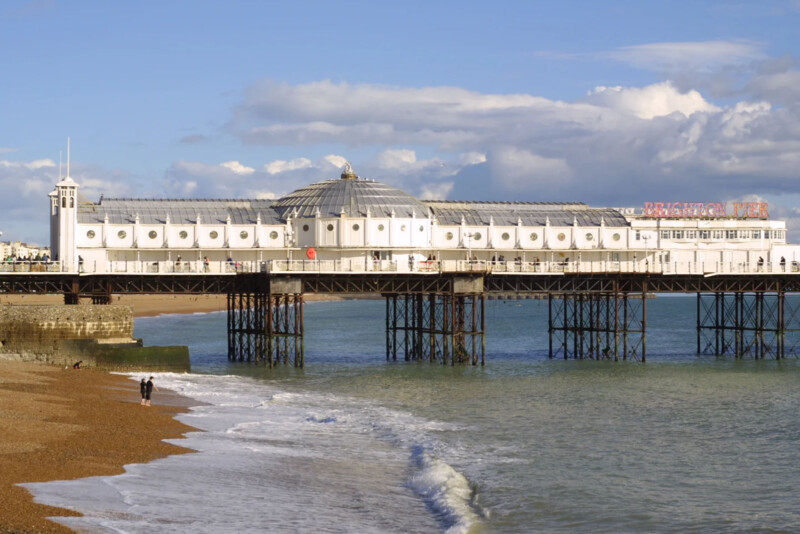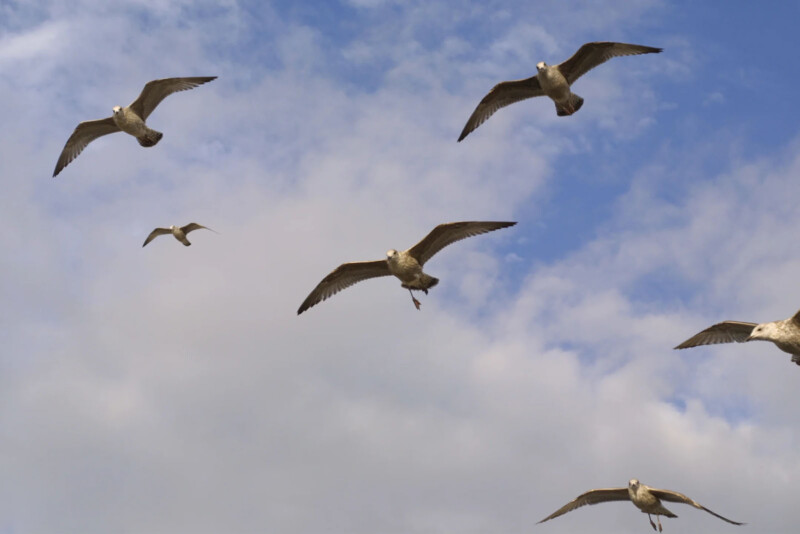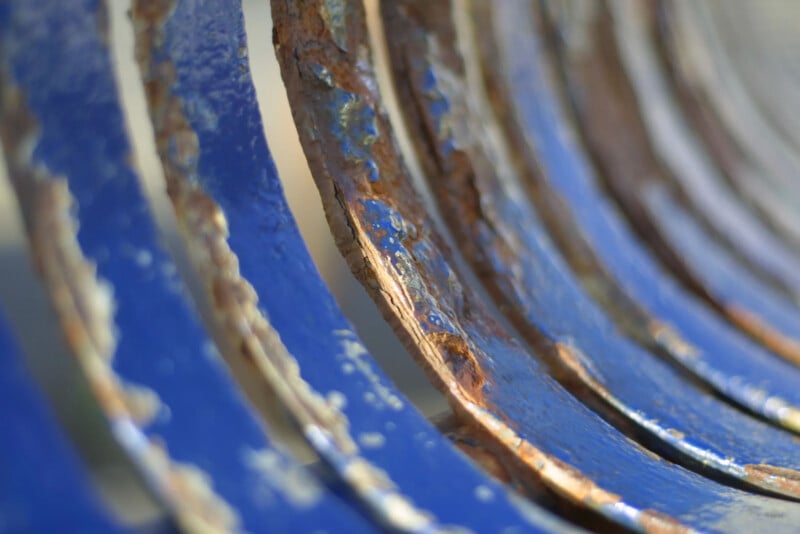Canon EOS D30 Retro Review: The DSLR That Changed Everything
![]()
Gordon Laing of Camera Labs has returned with a new episode of his excellent “Retro Review” series, taking photographers on a nostalgic stroll down memory lane. This time, Laing has reviewed the Canon EOS D30, the company’s first DSLR built from the ground up in-house.
Launched in late 2000 for around $3,000, equivalent to over $5,300 in today’s money, the EOS D30 sported a 3.25-megapixel CMOS image sensor and could shoot at three frames per second. Laing recently grabbed one on eBay for a mere £32. What a bargain.
“The D30’s original price of around three grand may sound like a lot today, especially adjusted for inflation, but it was actually ground-breakingly affordable at the time and, along with the Nikon D1, helped to bring DSLRs into the mainstream,” writes Laing, highlighting that the Canon D30 marked an essential departure for Canon, which had previously retooled existing Canon film cameras into digital cameras.

With the D30, Canon not only committed fully to creating a proper digital SLR camera, it also signaled to photographers that a DSLR didn’t have to cost an arm and a leg. Sure, Nikon had significantly reduced the cost of a DSLR with its iconic D1, but that was still a camera built — and priced — for professional photographers.
The Canon EOS D30 was focused more on enthusiasts or prosumers. “Finally here was a more viable option for those with a collection of EF lenses who wanted to go digital but didn’t want to remortgage their house to fund it,” says Laing.

Further, the D30 felt immediately familiar to film shooters without compromising any of digital’s unique advantages. The camera even allowed photographers to shoot 12-bit RAW images, which, as Laing points out, was a relatively distinct offering at the time. Even today, exploring his picturesque hometown of Brighton, England, Laing finds that the D30’s RAW files are impressively flexible during post-processing.
While image quality cannot match Canon’s modern DSLR or mirrorless cameras, and various aspects of the D30 leave much to be desired to discerning modern sensibilities, Laing was “struck by just how familiar it still looks and feels.” The Canon D30 not only completely disrupted the DSLR market in the nascent days of the 21st century, but the camera set Canon on a path that would ultimately lead to smashing success in the DSLR market.

Laing has many more sample images and detailed impressions in his complete written review of the Canon EOS D30. He also has additional Retro Reviews on his YouTube channel, Dino Bytes.
Image credits: All images © Gordan Laing / Camera Labs